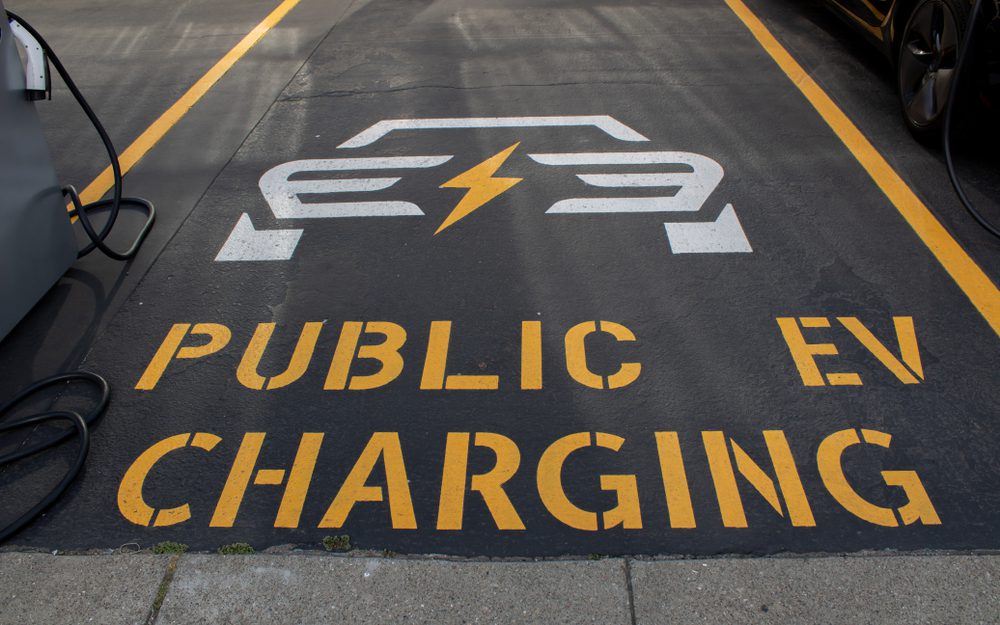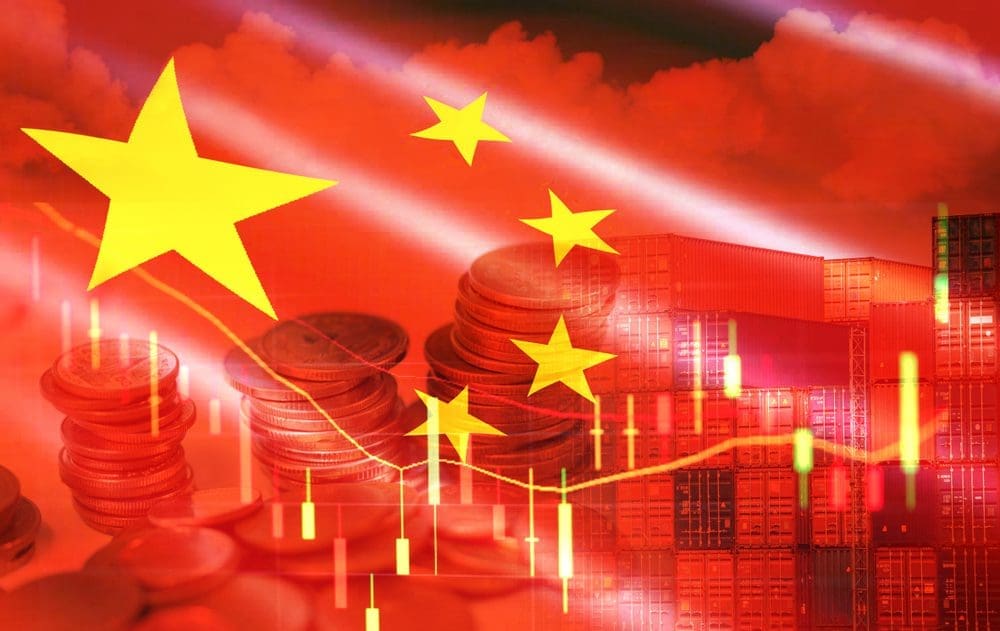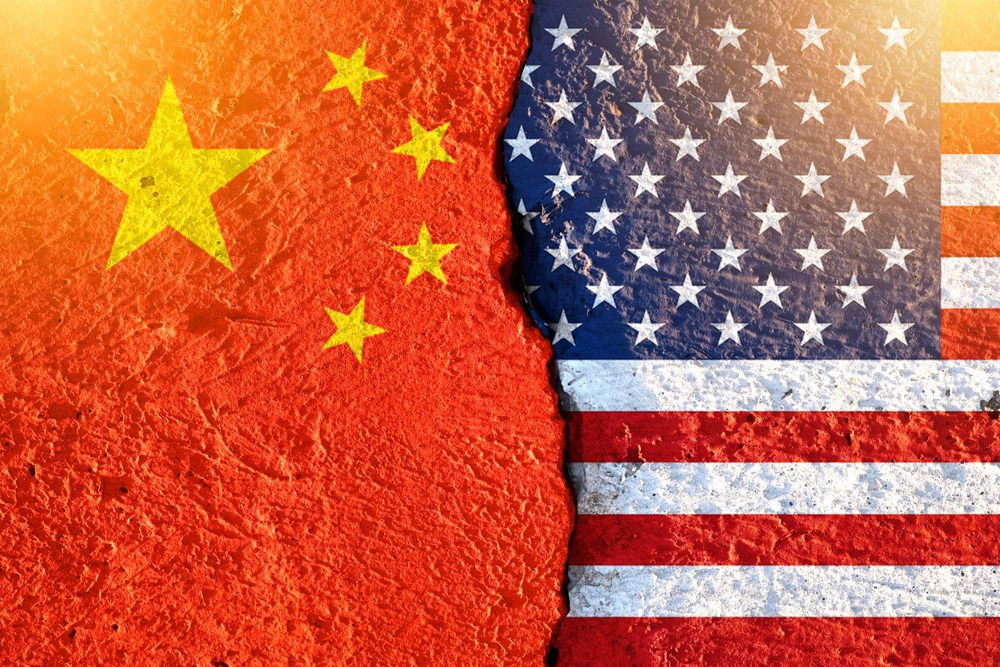
The U.S. and China are back on the edge of a trade war.
Trump’s new 100% tariff threat on Chinese imports — a direct response to Beijing’s rare-earth export curbs — has global markets on alert.
It’s déjà vu from 2018, but this time, the stakes are higher, the tech dependence is deeper, and the blowback could come faster.
The Trigger

China recently tightened restrictions on rare earth mineral exports, citing “national security.” These materials are vital for batteries, EVs, and defense tech. In response, Trump announced blanket 100% tariffs on all Chinese imports, effective November 1, unless Beijing reverses course.
The Fallout So Far

- Markets shuddered: the S&P 500 dropped 2.3%, Nasdaq 3.1%, and Bitcoin plunged over 8% amid broader risk-off panic.
- China’s response: Beijing condemned the move as “wrong practices” and promised “corresponding measures.”
- Global reaction: the IMF and World Bank meetings in D.C. were immediately overshadowed by fears of a renewed tariff spiral.
- Supply chain hit: European manufacturers like Krone already suspended U.S. exports, citing “hidden tariffs” and logistics paralysis.
Why This Time Is Different

- Full-spectrum exposure: Trump’s tariff scope now includes tech, agriculture, and consumer goods — not just industrial sectors.
- Rare earth dependency: the U.S. imports over 70% of its refined rare earths from China. A disruption here hits defense, chips, and EVs simultaneously.
- Election-year leverage: tariffs play well politically, but they risk destabilizing supply chains just as inflation cools.
- Market fatigue: traders no longer see tariffs as a bluff — they move money immediately.
Scenarios and Odds

- Negotiated Pause (40%) – China signals limited concessions, tariffs delayed into 2026. Markets breathe, but trust erodes.
- Targeted Escalation (35%) – Tariffs hit selective goods (tech, energy), China retaliates in kind. Global manufacturing slows, equities wobble.
- Full Trade War (25%) – Tariffs go live across the board; China cuts off rare earth exports entirely. Expect a global recession signal by Q1 2026.
Sectors Most at Risk

- Semiconductors & EVs: reliant on Chinese minerals and components.
- Agriculture: collateral damage from counter-tariffs on soy, corn, and pork.
- Consumer Electronics: rising prices ahead of the holiday season.
- Logistics & Shipping: congestion and rerouting will drive costs up 10–15%.
What to Watch Next

- Xi–Trump meeting in Seoul — could either thaw or break talks.
- China’s retaliation playbook — rare earth limits, currency management, or U.S. debt sell-off.
- IMF statements — any mention of “fragmentation risk” signals global concern.
- Commodity price spikes — lithium, cobalt, and nickel futures are early warnings.
Prediction Take

The trade war’s not “back” — it never ended. It just mutated. The difference this time: the world is more interlocked, less patient, and far more fragile. If neither side blinks before November, tariffs could become the new inflation engine — and the markets will price that in fast.
























